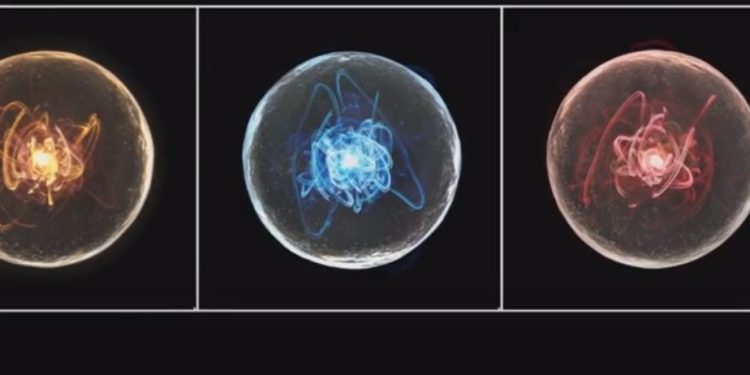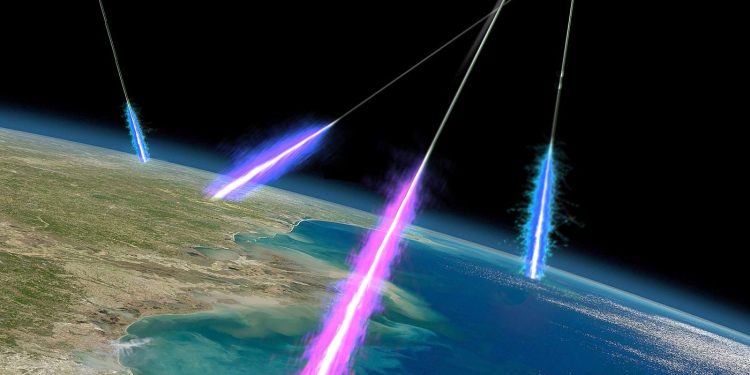Astronomers have stumbled upon a rare particle of exceptionally high energy hurtling towards Earth, naming it after the Japanese sun goddess Amaterasu. Scientists assert that this particle, named Amaterasu, ranks among the highest-energy cosmic rays ever detected, according to Sky News.
Amaterasu boasts an energy level exceeding 240 exa-electronvolts (EeV), making it the second-highest in history after the Oh-My-God particle, another ultra-high-energy cosmic ray discovered in 1991 with an energy level of 320 EeV.
While the origin of these particles remains unknown, experts believe that only the most potent celestial events, surpassing star explosions, can generate them.
Toshihiro Fujii, an associate professor at Osaka Metropolitan University in Japan, initially thought there might be a mistake, stating, “The energy level exhibited by the particle is unprecedented in the last three decades.”
Scientists face an unparalleled mystery as the particle seemingly originated from nothingness.

John Matthews, a research professor at the Department of Physics and Astronomy at the University of Utah, explains that there were no high-energy events in that region capable of producing such a particle.
It appeared to emerge from the Local Void, an empty space in the universe adjacent to the Milky Way galaxy.
“You should be able to point to where they come from in the sky,” Professor Matthews said. “In the case of the ‘Oh-My-God’ particle and this new particle, when you trace its path back to the source, you don’t find any high-energy events that could have produced it.”
“That’s the biggest mystery – what the heck is happening?”
Typically, when ultra-high-energy cosmic rays collide with Earth’s atmosphere, they trigger a cascade of secondary particles and electromagnetic radiation called an extensive air shower.

Some charged particles in the air shower travel faster than the speed of light, producing a kind of electromagnetic radiation detectable by specialized instruments.
One such instrument is the Telescope Array Observatory in Utah, which discovered the Amaterasu particle.
Now, researchers hope that this particle will pave the way for further investigations that could help illuminate the origins of ultra-high-energy cosmic rays and unveil their sources.
Experts suggest that this may indicate a much larger magnetic deflection than predicted, an unidentified source in the Local Void, or an incomplete understanding of high-energy particle physics.
Another professor, John Beltz, expressed wild ideas while attempting to explain the mystery. “These events seem to come from completely different places in the sky. It’s not like there’s one mysterious source. These could be defects in the structure of spacetime, cosmic string collisions,” he said. “There is no conventional explanation.”
https://www.youtube.com/watch?v=zYV69VpsBkI






